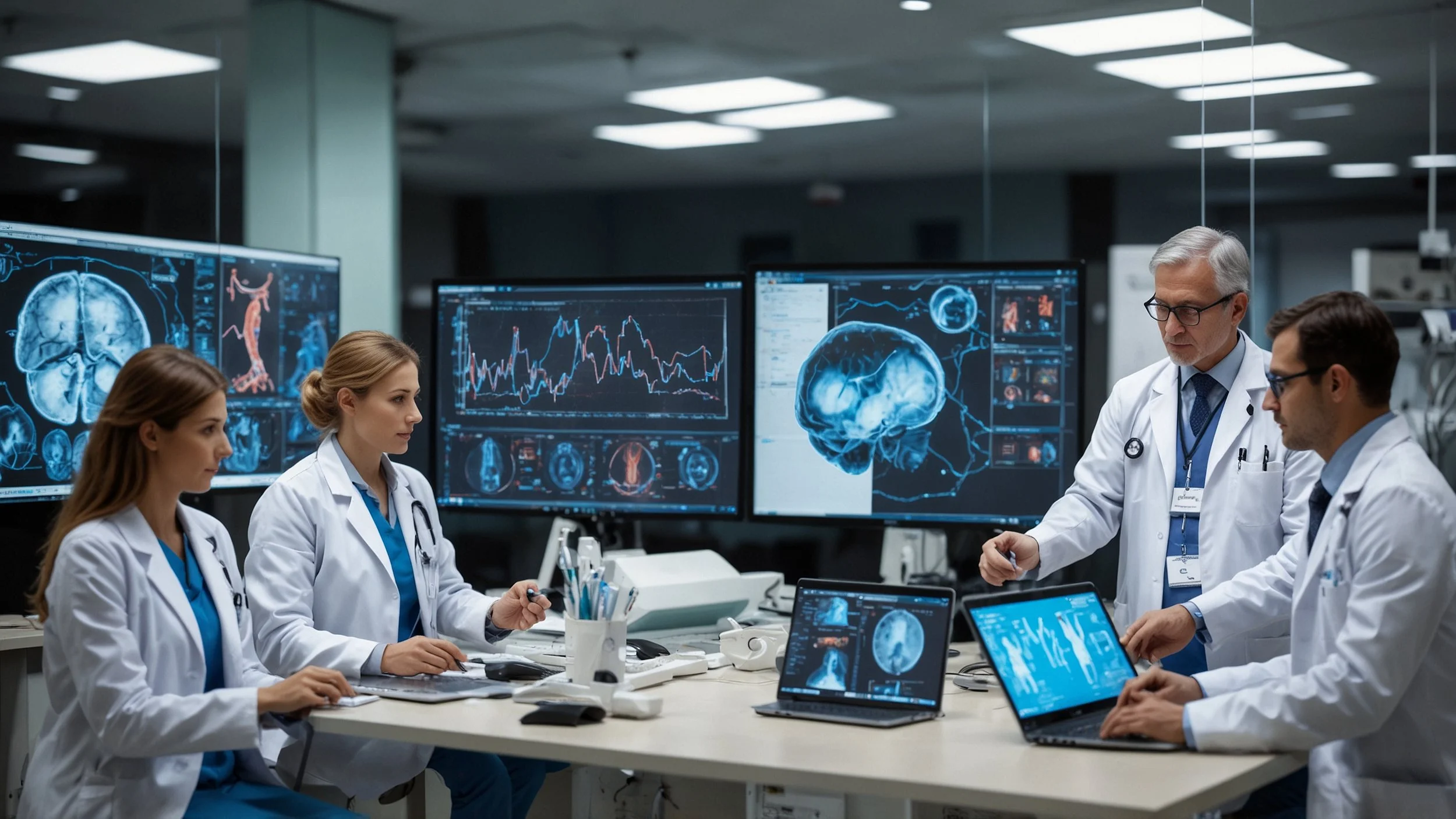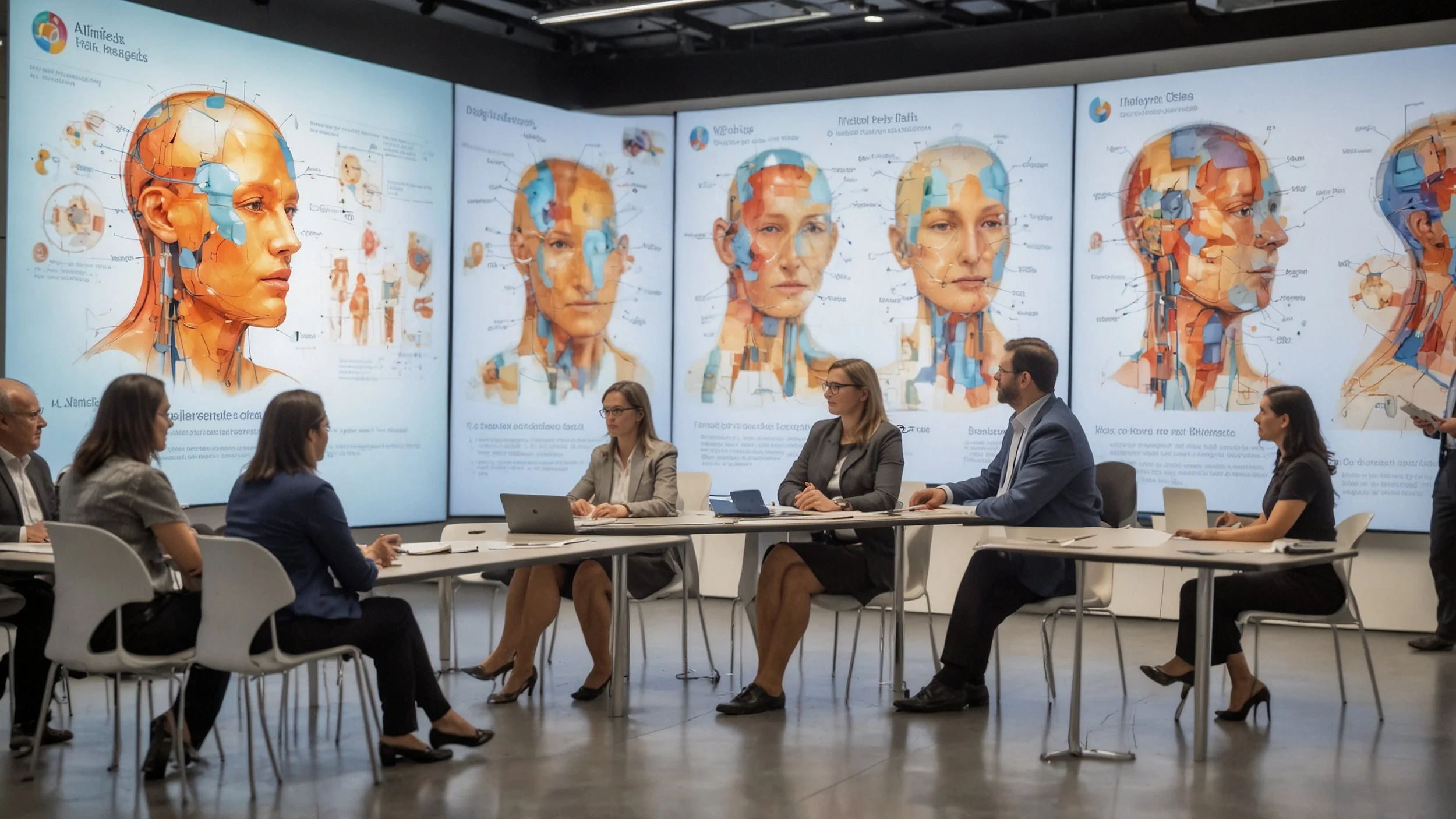The Evolution of Artificial Intelligence and its Impact on Society
Artificial intelligence (AI) is dramatically revolutionizing areas ranging from healthcare to education. Recent research from Stanford's Institute for Human-Centered Artificial Intelligence (HAI) examines how AI is transforming from being a tool to becoming an essential partner. This article examines how this integration is taking place and what challenges and opportunities arise in the near future.
AI Collaborative Agents
At the heart of the future of Artificial Intelligence are collaborative agents. These agents, rather than being independent systems, are networks of specialized models that operate in concert under human supervision. This tactic turns Artificial Intelligence into an active collaborator in complex decision making. In healthcare, for example, these actors can cooperate to examine patient information, propose treatment strategies and monitor outcomes, always under the supervision of medical experts.
Increasing Skepticism towards AI
Despite the rapid progress of Artificial Intelligence (AI), there is increasing doubt about the true value of these systems in daily routines.
AI specialists point out that these systems achieve impressive results in controlled environments where variables are predefined.
However, when applied in the real world, AI often faces constraints due to its lack of adaptability and contextual understanding.
There is a growing need to develop AI systems that are more transparent and understandable to foster public trust.
This would not only benefit end users, but would also facilitate the work of regulators by ensuring compliance with regulations and safety standards.
Clarity on how AI works becomes a priority to ensure its widespread adoption and acceptance.
Slowdown in Generative Models
Although the major language models continue to progress, there is a noticeable acceleration in their progress.
This phenomenon is partially attributable to the saturation of the training data.
There is a decrease in returns as the size of the models increases.
Now, the focus is moving towards practical integration and collaborative design.
The goal is for Artificial Intelligence to enhance human skills rather than replace them.
This shift involves an emphasis on how Artificial Intelligence can enhance human capabilities rather than directly rival them.
According to Stanford's HAI institute, the vision of a future with Artificial Intelligence is based on effective cooperation between humans and machines. This synergy aims to strengthen our ability to reason, generate and solve problems, rather than displace humans. As we address this technological and cultural shift, we need a receptive attitude and new capabilities that will enable us to adjust to and take advantage of the opportunities offered by this evolution of Artificial Intelligence.






